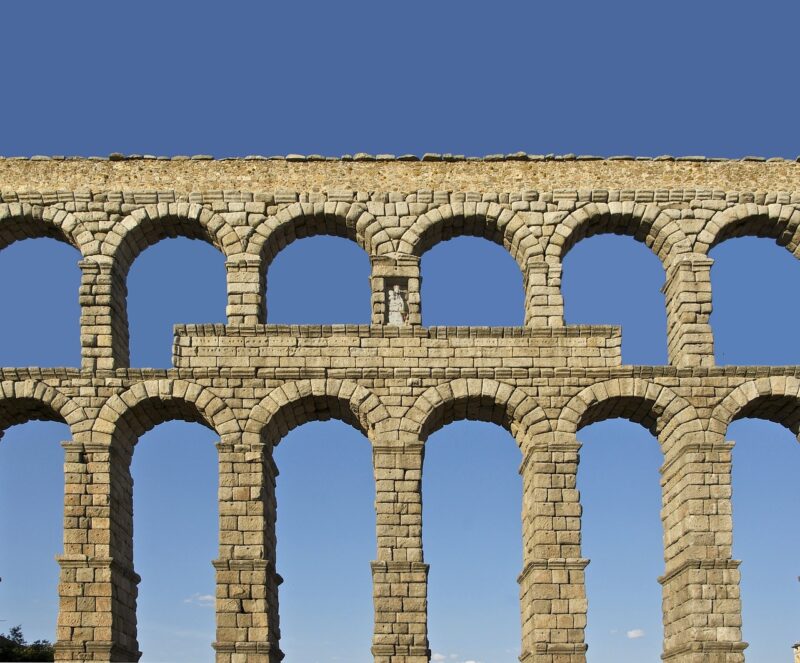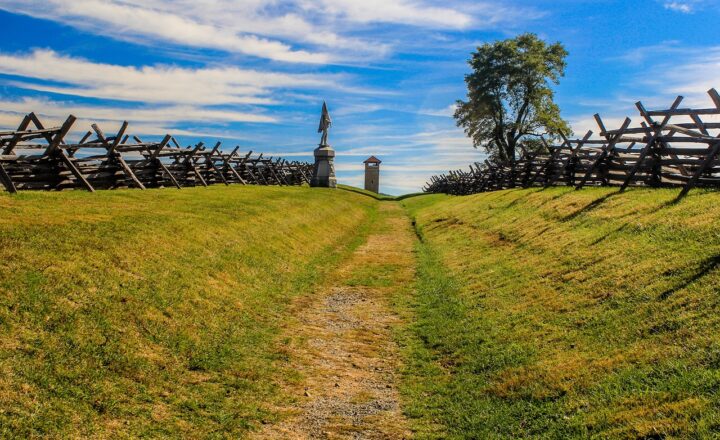The Role of Ancient Engineers in Creating Aqueducts, Bridges, and Structures That Still Stand Today
November 17, 2024

The grandeur of ancient engineering never ceases to astound modern society. From monumental aqueducts to awe-inspiring bridges and resilient structures, the feats achieved by ancient engineers have left an indelible mark on human civilization. Yet, standing the test of time, many of these constructions remain functional and continue to inspire admiration.
1. Introduction to Ancient Engineering
Engineering in ancient times was not just about applying scientific knowledge; it was also an art form. Civilizations like the Romans, Greeks, and Egyptians utilized innovative approaches with limited resources, creating structures that emphasized both functionality and aesthetic appeal. Understanding their methods and practices provides insight into how they managed to construct enduring marvels with techniques that were revolutionary for their times.
2. Aqueducts: The Ingenious Waterways
Aqueducts are perhaps the most iconic symbols of ancient engineering prowess, showcasing the Romans’ ability to transport water over long distances efficiently.
2.1 The Architecture of Aqueducts
The Romans built aqueducts using a combination of gravity and precise engineering. They constructed long, arched structures, which allowed water to flow through channels from mountainous areas into cities and towns.
Key features of aqueduct construction included:
- Arched Bridges: Masterful use of the arch made it possible to span deep valleys while minimizing material use, thus standing strong against natural elements.
- Gradient Control: Engineers calculated precise gradients to ensure water flow remained steady, which sometimes required intricate tunneling and embankment construction.
- Materials Used: Durable materials like concrete and stone were employed, which, combined with Roman innovations, contributed to their longevity.
One of the most famous aqueducts, the Pont du Gard in France, demonstrates the remarkable building techniques of the Romans, which still astound engineers today.
3. Bridges: Connecting Civilizations
The construction of bridges was another significant achievement of ancient engineers. Bridging rivers and chasms facilitated trade and communication across vast empires.
3.1 The Design of Ancient Bridges
Bridges like the Alcántara Bridge in Spain and the Milvio Bridge in Rome, exemplify ancient engineering’s focus on durability and utility.
Essential elements in their design included:
- Stable Foundations: Engineers conducted meticulous site assessments, which allowed for the construction of robust foundations capable of withstanding the forces of nature.
- Arch Construction: The use of arches reduced the weight-bearing load on immediate contact points and evenly distributed force across the structure, ensuring longevity.
- Materials and Techniques: Much like their aqueduct counterparts, bridges employed stone and concrete, with some using special formulas that have since contributed to their resilience against weathering.
The enduring nature of these bridges signifies the richness of ancient engineering knowledge and their seamless adaptation to landscape challenges.
4. Iconic Structures: Monuments to Human Ingenuity
An array of monumental structures built in ancient times also exhibit engineering creativity and vision beyond mere functionality. Structures like the pyramids of Egypt and the Parthenon in Athens showcase not only architectural mastery but also a deep understanding of aesthetics and structural integrity.
4.1 The Pyramids: Engineering Marvels
The Pyramids, particularly the Great Pyramid of Giza, have fascinated historians and engineers alike for centuries. Here’s what contributes to their status:
- Massive Scale: Built with approximately 2.3 million blocks of stone, the scale and precision involved in their construction reflect an advanced understanding of labor distribution and organization.
- Alignment and Orientation: The pyramids are built in perfect alignment with the cardinal points of the compass, showcasing the Egyptians’ astronomical knowledge and surveying skills.
This iconic structure has transcended time to become synonymous with ancient engineering and its impact on civilization.
4.2 The Parthenon: A Testament to Greek Excellence
The Parthenon, a temple dedicated to the goddess Athena, is another splendid example of ancient design excellence, characterized by:
- Greek Design Principles: Utilization of classical orders and proportions that has influenced architecture for centuries.
- Materials and Techniques: The extensive use of marble and attention to detail in craftsmanship has resulted in its enduring beautify and structural integrity.
The Parthenon stands today not merely as a temple but as an enduring testament to Greek civilization’s emphasis on beauty, balance, and proportion.
5. Modern Influences from Ancient Engineering
The techniques pioneered by ancient engineers continue to heavily influence modern engineering principles. Many contemporary structures draw inspiration from the innovations of the past, emphasizing sustainability and enduring design, with a renewed interest in materials that ensure longevity akin to ancient practices.
5.1 Lessons from Ancient Engineering
Modern engineers are rediscovering ancient methods, addressing contemporary challenges related to materials and environmental sustainability, demonstrating that while times may change, the lessons learned from ancient engineering remain invaluable. Efforts such as:
- Sustainable Materials: The emphasis on using durable, locally sourced materials has seen a resurgence in eco-friendly construction today.
- Innovative Engineering Solutions: Methods used in aqueducts and bridges are now leading modern engineers to rethink designs to improve infrastructure efficiencies.
The acknowledgment of ancient techniques reflects a deep respect for the foundations upon which modern engineering is built.
6. Conclusion: Celebrating Ancient Ingenuity
The legacy of ancient engineers lives on through the aqueducts, bridges, and structures that continue to inspire awe. Their creativity, problem-solving skills, and meticulous attention to detail have laid the groundwork for modern engineering disciplines and remain relevant even in our technology-driven world. As we explore new innovative designs for a sustainable future, we can draw essential lessons from our ancient predecessors, ensuring that their remarkable contributions are never forgotten.
Through the lens of history, it is clear: the ancients mastered the art of engineering, and their creations are testaments to a powerful legacy that continues to shape our world.







